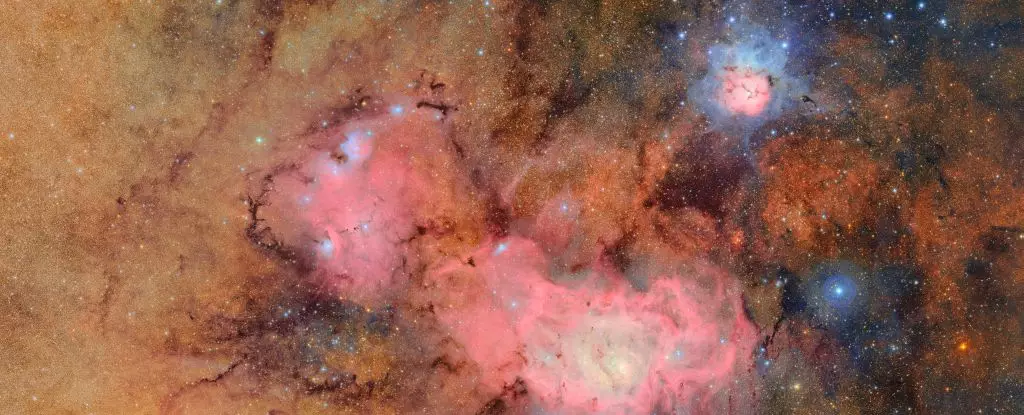The Vera C. Rubin Observatory is set to redefine our understanding of the cosmos as it gears up for its monumental unveiling of images that promise to change the landscape of astronomy. Recent teaser snippets from this groundbreaking observatory provide an initial taste of what is possible with a mere ten hours of observational data. The images reveal a wealth of celestial objects, from multitudes of galaxies to diverse asteroids, heralding the beginning of an ambitious ten-year project known as the Legacy Survey of Space and Time (LSST). This endeavor will comprehensively map the southern sky, collecting data across near-ultraviolet, optical, and near-infrared wavelengths, and capturing the entire celestial canvas every few days.
The Telescope’s Unmatched Technology
What truly sets the Rubin Observatory apart is its extraordinary technological prowess, highlighted by its unparalleled 3,200-megapixel camera—an engineering marvel that boasts the title of the largest camera ever constructed. Such cutting-edge technology is essential for achieving the project’s lofty goals. The LSST is not just a scientific exercise; it’s a monumental challenge to capture each segment of the sky approximately 800 times, producing an extensive time-lapse of the universe. This considerable volume of data will ultimately allow astronomers to map the movement of celestial bodies with unprecedented accuracy, uncovering secrets that have long eluded humanity.
First Impressions: The Beauty of Nebulae
Among the most striking initial images from the observatory are those of the Trifid and Lagoon Nebulae—spectacular stellar nurseries located merely a few thousand light-years from our solar system. These images, created through a meticulous composite of 678 individual observations taken over seven hours, are nothing short of awe-inspiring. Nebulae like these are not only visually captivating; they are crucial for understanding stellar formation processes. The Rubin Observatory’s imagery serves as a bridge between stellar beauty and scientific inquiry, merging aesthetic appreciation with a thirst for knowledge about the cosmic forces shaping our universe.
A Landmark Event in Astronomy
On June 23, 2025, the full slate of images from the Rubin Observatory will be revealed during a highly anticipated event organized by the US National Science Foundation and the Department of Energy. This is not merely another moment in astronomical history; rather, it represents a pivotal turning point where the sheer volume of data gathered over the course of the LSST is poised to outstrip all previous optical telescopes combined. As Brian Stone, acting director of the NSF, aptly stated, the work conducted at the Rubin Observatory promises to encapsulate more information about our universe than earlier generations of observatories could ever dream of.
In essence, the Vera C. Rubin Observatory marks the dawn of a new era in astronomical research, one where knowledge and technology converge to unravel the complexities of the cosmos. Each image captured and analyzed will not only deepen our understanding of space but will also inspire future generations of astronomers to further explore the boundless wonders that await us among the stars.


Leave a Reply